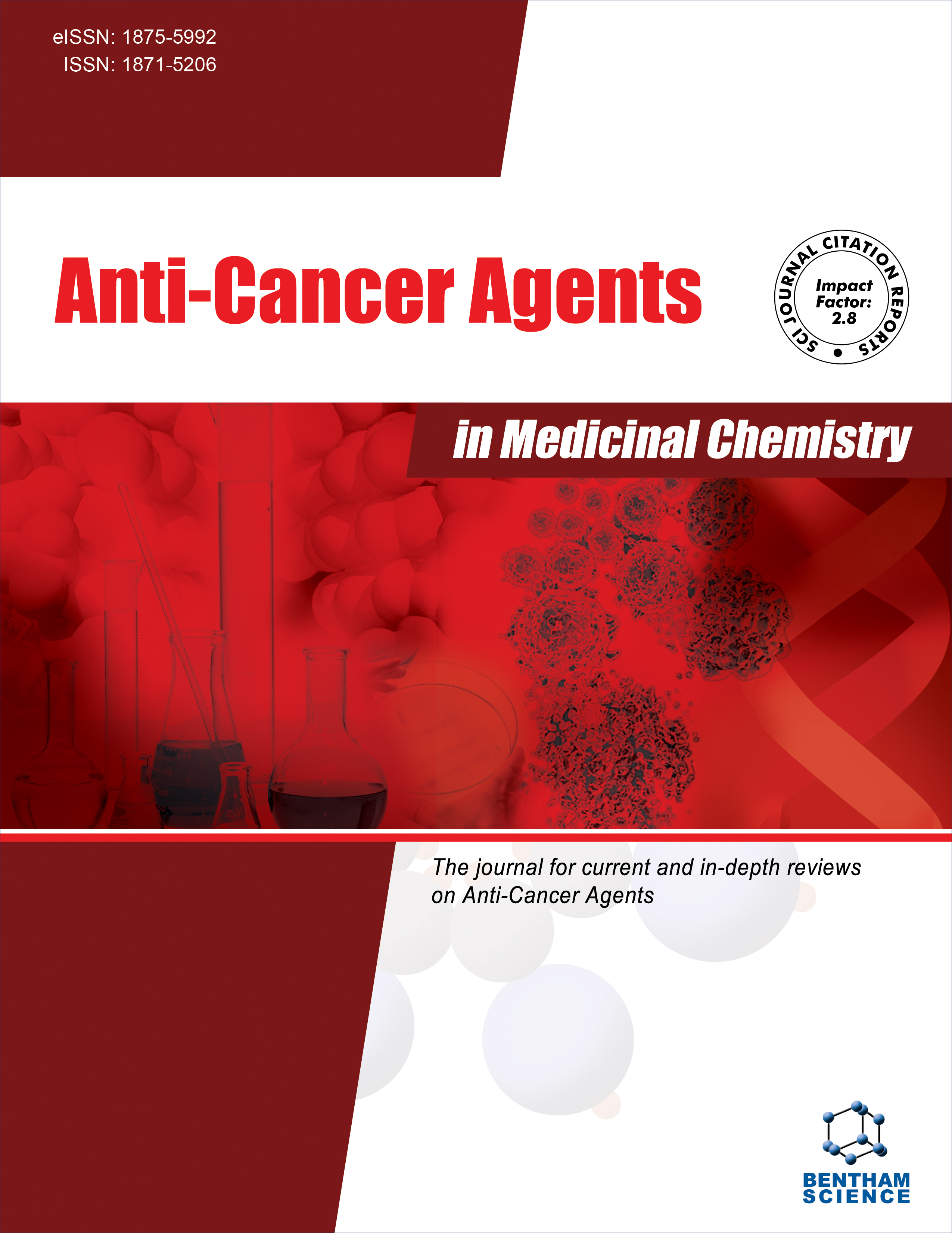
Full text loading...
We use cookies to track usage and preferences.I Understand
With conventional cancer treatments facing limitations, interest in plant-derived natural products as potential alternatives is increasing. Although resveratrol has demonstrated antitumor effects in various cancers, its impact and mechanism on nasopharyngeal carcinoma remain unclear.
This study aimed to systematically investigate the anti-cancer effects of resveratrol on nasopharyngeal carcinoma using a combination of experimental pharmacology, network pharmacology, and molecular docking approaches.
CCK-8, scratch wound, and transwell assays were employed to confirm the inhibitory effect of resveratrol on the proliferation, migration, and invasion of nasopharyngeal carcinoma cells. H&E and TUNEL stainings were used to observe the morphological changes and apoptosis status of resveratrol-treated cells. The underlying mechanisms were elucidated using a network pharmacology approach. Immunohistochemistry and Western blotting were utilized to validate key signaling pathways.
Resveratrol inhibited the proliferation, invasion, and migration of nasopharyngeal carcinoma cells, ultimately inducing apoptosis in a time- and dose-dependent manner. Network pharmacology analysis revealed that resveratrol may exert its anti-nasopharyngeal carcinoma effect mainly through the MAPK pathway. Immunohistochemistry results from clinical cases showed MAPK signaling activation in nasopharyngeal carcinoma tissues compared to adjacent tissues. Western blotting validated the targeting effect of resveratrol, demonstrating significant inhibition of the MAPK signaling pathway. Furthermore, molecular docking supported its multi-target role with MAPK, TP53, PIK3CA, SRC, etc.
Resveratrol has shown promising potential in inhibiting human nasopharyngeal carcinoma cells by primarily targeting the MAPK pathway. These findings position resveratrol as a potential therapeutic agent for nasopharyngeal carcinoma.

Article metrics loading...

Full text loading...
References


Data & Media loading...
Supplements

